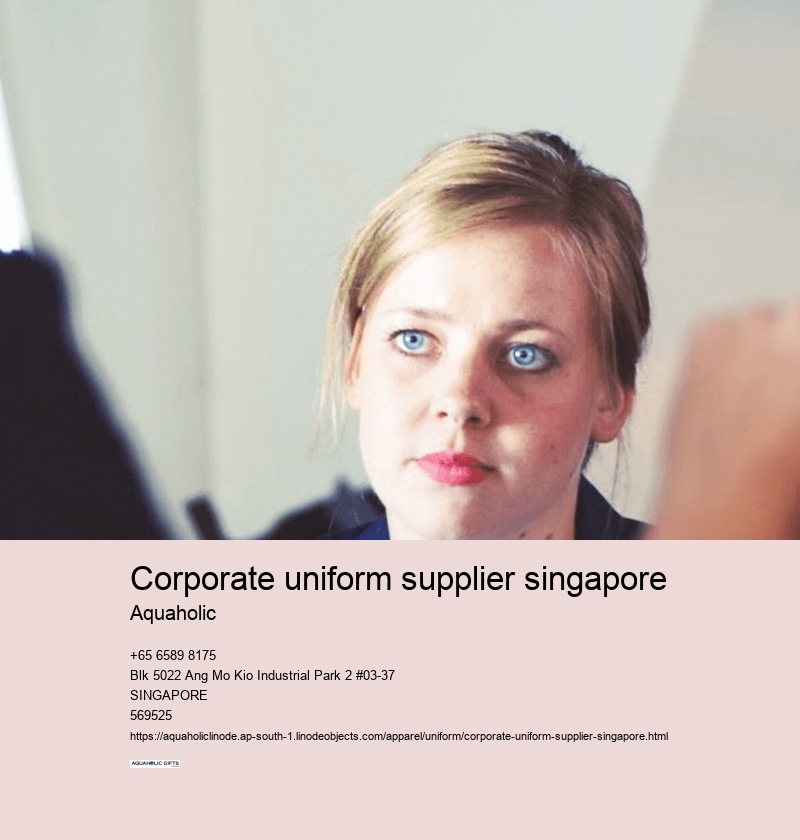corporate uniform supplier singapore
custom uniform singapore
Discover the new frontier of technology by using synthetic fabrics such as rayon and polyester. Different fabrics reflect different degrees of formality. Titles go beyond names, speaking volumes about the wearer’s role and position.
Why? because it's breathable, strong and has a sleek style that matches the corporate world to a T. Uniforms aren't just clothes They are canvasses which convey the story of an organization.
But how do you navigate through the seas of design, color, placement, and style to ensure that your brand not only survives but thrives in the competitive wilderness? Polyester doesn’t wrinkle easily, and rayon mimics the qualities of cotton and wool, offering versatility.
If a logo is flawlessly in this canvas, it creates an amazing display of visual appeal. Is it cotton for its air-flow?



